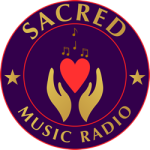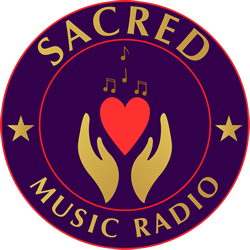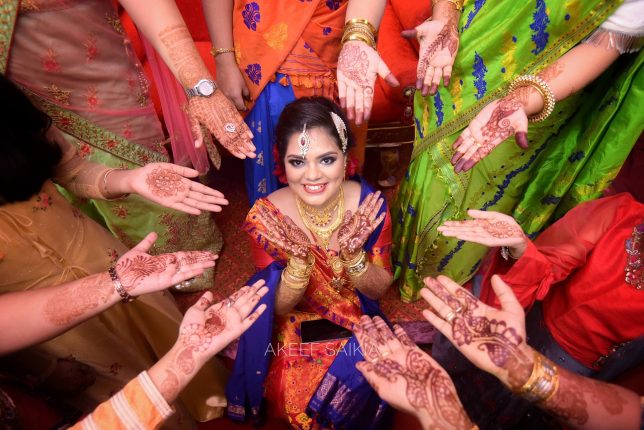Hindu Classical Music, a time-honoured tradition steeped in centuries of cultural richness, offers a profound and enchanting auditory experience. In this comprehensive guide, we embark on a journey to unravel the intricacies of this musical treasure, aiming to deepen your appreciation and understanding of its unique elements.
Understanding the Basics
Raga: The Heartbeat of Hindu Classical Music
At the core of this art form lies the concept of Raga, a melodic framework that extends beyond mere scales. Each Raga is designed to evoke specific emotions, with associations to particular times of day or seasons. For instance, the Raga Yaman encapsulates the essence of a serene evening, while Raga Bhairavi resonates with the pre-dawn tranquility. These emotional nuances elevate Hindu Classical Music to a realm where melody becomes a conduit for profound expression.
Tala: The Rhythmic Foundation
Complementing the melodic richness of Raga is the rhythmic precision of Tala. This intricate time cycle, executed with masterful finesse by percussion instruments, establishes the backbone of any performance. The Tabla, with its dynamic interplay of beats, and the Pakhawaj, resonating with earthy tones, contribute to the distinctive rhythm that sets Hinduism Music apart.
Alap: The Soulful Prelude
Before the rhythmic journey begins, a performance often commences with the Alap, a slow and meditative exploration of the chosen Raga. This phase allows the artist to establish the mood, unfolding the melodic contours with unhurried grace. As listeners, we find ourselves immersed in the emotive landscape, anticipating the rhythmic crescendo that lies ahead.
Jor and Jhala: Unleashing Energy of Hindu Classical Music
As the performance gains momentum, the artist transitions into the Jor and Jhala phases. Here, the tempo escalates, and intricate melodic patterns intertwine, creating a mesmerizing tapestry of sound. In Raga Darbari, for instance, the transition from Alap to Jor and Jhala is akin to a gradual awakening, with the artist painting sonic portraits that evoke a spectrum of emotions.
Instruments in Harmony
Sitar and Sarod: Strings of Elegance
The Sitar and Sarod, both distinguished string instruments, play a pivotal role in conveying the melodic nuances of Hindu Classical Music. The Sitar’s resonant strings, exemplified by maestros like Ravi Shankar, create intricate melodic patterns, while the Sarod, with its metal strings and wooden resonator, imparts a distinct tonal quality. Together, they weave a tapestry of elegance and emotion.
Tabla and Pakhawaj: Percussive Brilliance
No discussion of Hindu Classical Music is complete without acknowledging the brilliance of the Tabla and Pakhawaj. The Tabla’s nuanced strokes and the Pakhawaj’s resonant beats add layers of rhythm, enhancing the overall auditory experience. In the hands of virtuosos like Zakir Hussain, the Tabla becomes a vessel for rhythmic complexity, enriching the musical landscape.
Appreciating the Artistry
Rasas: Emotions in Harmony
The emotive range of Hindu Classical Music is vast, with each performance aiming to evoke specific Rasas or emotions. In Raga Malkauns, the haunting notes evoke a sense of awe and mystery, resonating with the Shringara Rasa. Conversely, the vibrant compositions in Raga Todi may elicit the heroic sentiments associated with the Veera Rasa. Each rendition becomes a journey through a kaleidoscope of feelings, with artists skilfully navigating the intricate landscape of emotions.
Bhava: Expressive Intensity in Hindu Classical Music
Central to the artistry of Hindu Classical Music is Bhava, the expressive intensity that the artist brings to the performance. It goes beyond technical mastery, encompassing the ability to convey deep emotions and connect with the audience on a visceral level. An artist like Lata Mangeshkar, in her renditions of classical compositions, exemplifies this nuanced approach, infusing each note with a profound emotional resonance.
Enhancing Your Listening Experience
Active Listening: A Mindful Approach
To truly appreciate Hindu Classical Music, adopt a mindset of active listening. Engage with the music on a conscious level, allowing the intricate melodies and rhythms to weave a story that transcends the auditory realm. Delve into the details of each Raga, discern the subtle variations in Tala, and let the music become a meditative experience, transporting you to a realm where each note holds significance.
Live Performances: Immersion in the Moment
While recordings offer accessibility, attending live performances provides an unparalleled experience. The energy exchange between the artist and the audience creates a symbiotic relationship, elevating the emotional impact of the music. Whether it’s a soul-stirring rendition by Ustad Amjad Ali Khan or a dynamic Tabla performance by Pandit Anindo Chatterjee, witnessing these maestros live adds a dimension of immediacy and authenticity to your musical journey.
Conclusion
In conclusion, Hindu Classical Music is a profound journey that transcends time and space. From the intricate melodic patterns of Raga to the rhythmic brilliance of Tala, every aspect contributes to a musical experience that is both captivating and transformative. Embrace the nuances, immerse yourself in live performances, and let the soul-stirring melodies of Hindu Classical Music transport you to a realm of timeless beauty.




